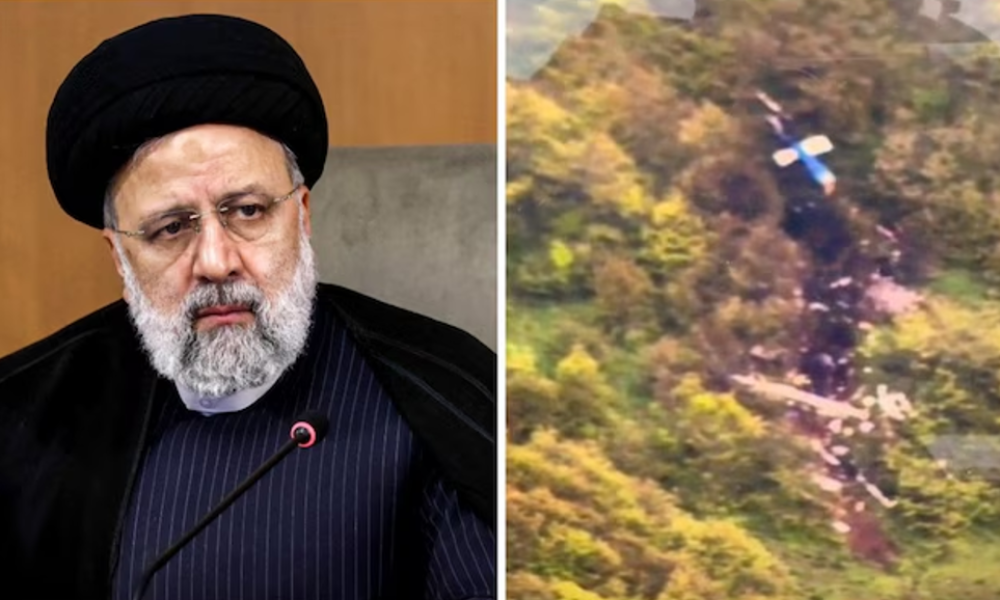
What Happened? And What Next?
The ripples from the death of Iran’s President.
D. H. Kang
THE DEATH OF A NATION’S PRESIDENT IS A BIG DEAL. Naturally, the first thought that comes to the mind of many is, “Was he assassinated?” “Was there any foul play involved?” In the case of an assassination, it may be sufficient to start a war between nations or a civil one. As far as investigations have shown, there have been no such signs. According to the official IRNA news agency, no bullet holes were found on the side of the helicopter. There were no suspicious transmissions between the watch tower and the flight crew. But as we all know, what is reported may not be true, especially in an investigation in its preliminary stages.
Indeed, there are many suspicious aspects. Rescue workers had to proceed on foot instead of aerially or even with a land vehicle. There have been contrasting reports of the events of what happened. According to initial reports, the helicopter had been subject to a “harsh landing”, but according to the rescue team, the helicopter had exploded. The supreme leader of Iran, Mr Khamenei (not the president), when delivering the eulogy of late President Raisi, was notably more unfeeling compared to when his top commander, Qassem Suleini, was assassinated four years ago.
(Iran’s supreme leader – image credits to the Washington Institute)
Ebrahim Raisi had been suspected by many to be the successor to the position of supreme leader; he was obedient as a cleric and politician and was considered to be the most loyal out of the last five presidents that Iran has had. He also had no children, meaning that it was impossible to set up an opposing dynasty to the rule of Mr Khamenei.
However, the person set most to benefit from this death is the son of the supreme leader, Mojtaba Khamenei. According to some who know him, say that he had concerns that late President Raisi was building an oppositional force comprised of nationalist generals in the Islamic Revolutionary Corps and powerful families like Rafsajanis who had previously lost power struggles with the present supreme leader of Iran, Mr Khamenei.
The most likely outcome is that another politician loyal to the present supreme leader will take the position of presidency, and Mojtaba Khamenei will succeed his father as the supreme leader. It is no secret that many are dissatisfied with the present regime within Iran. Faced with a lack of support and a lack of political constituency, it could mean more internal power struggles and, hence, an even more repressive society for Iran; a bleak future.
However, a more positive outcome lies in the potential for Mojtaba Khamenei to adopt a more modernist vision for Iran. Supposedly, he is intrigued by the political stance of Saudi Arabia’s crown prince, Muhammad Bin Salman. Bin Salman has relaxed many stringent religious policies, allowing instead for coeducational classrooms and clubs shared by men and women who are both able to dance together. He has also sought to build foreign relationships with the United States. If Mojtaba Khamenei ultimately follows a similar path of granting more freedom and rejoining global markets, more Iranians would likely support the regime in exchange for a less authoritarian government—a win-win situation. However, such transitions are likely to be fraught with complications and raise many questions about the religious implications of such policies.
